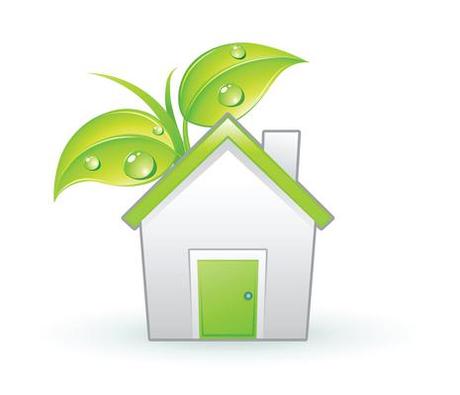Going Green is something you can do all day long, starting right when you wake up in the morning. Thinking about your environmental habits when you’re wide awake will allow you to be more intentional about the choices you make when you’re in a post-sleep fog. As an exercise in awareness, spend one whole morning considering the impact of each of your actions, such as how long you shower, how much electricity you use and how you get to work. Afterwards, consider making changes that will lessen your carbon footprint. Even little things like switching from paper cups for coffee to a reusable travel mug will make a big impact over time.
 Water use
Water use
The average shower uses up to 60 gallons of water, in addition to the gas or electricity cost to heat the water. Installing a low-flow shower head or taking Navy showers is a way to cut down on your water usage. You also may be able to get away with showering less frequently, especially during the winter when you sweat less. If you can’t get on board with fewer showers, use an egg timer to track the length of your shower. If you shower for 20 minutes, aim to cut back in five-minute increments, which will save gallons of water with not much effort on your part.
If you’re up early enough in the morning to do a few chores, make sure you don’t run the dishwasher or washing machine unless you have a full load. Save the lawn watering for after work so that water doesn’t evaporate during the heat of the day.
Electricity use
The peak in most households’ energy use is in the mornings as you wake up, get ready for work and run all sorts of appliances. If you wash a load of laundry before leaving for the day, consider hanging it to dry on a clothesline. You’ll save energy and avoid the danger of running a clothes dryer while you’re away from home. Invest in a programmable thermostat so the air conditioner or heater don’t run at full power during the hours you’re gone. The thermostat can switch to low power shortly before or after your departure and click back on so you walk into a comfortable home after work. Another option is to keep the thermostat adjusted at all times and utilize a portable heater or air conditioner in the room where you spend the most time in the morning.
Transportation
Getting even one car off the road has a big impact on use of fuel and pollution. If you live close enough to your workplace, you could walk, run or bike to work instead of taking your car. Public transportation is another option, which will save you the cost of a parking pass and money you would otherwise spend on gasoline and car insurance. Another idea is to carpool with people who work in or near your office. Post carpool requests on a bulletin board at work or ask around for others who may be interested and live near you. Once you find a set of people to carpool, plan the logistics of where you will meet, whose vehicle you will use, how you will share costs and what behaviors are acceptable during your car rides together.
Every little thing you do — or don’t do — in the morning can affect the environment. The responsible patterns you put into place today are likely to last a lifetime. If you’re feeling really ambitious, you can even start a campaign at work or in your neighborhood to educate others about the green changes they can make in their morning routines.
 Water use
Water use
